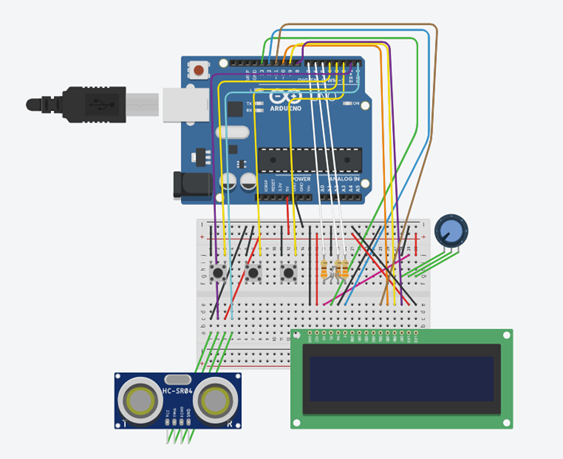My Contribution:
My teammates and I discussed our vision for the project weekly, continuously adding more features and refining the rules of the game.
My role was primarily focused on the Arduino aspects of the game. I created the circuit diagram based on the components we decided for the minigames, and wrote all of the code that was used to run the game - testing incrementally and debugging any issues that arose. Some of the features included dice rolls, choosing cards, finding reaction time, giving power-ups, and storing each team's points.
I also came up with the idea to use a shared Excel spreadsheet as a medium for anonymously sending information and determining which team gains a point each round.
The code, Excel spreadsheet, and more can be found in the instruction manual above.



